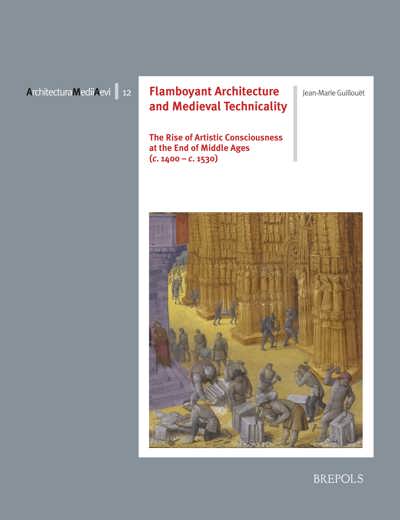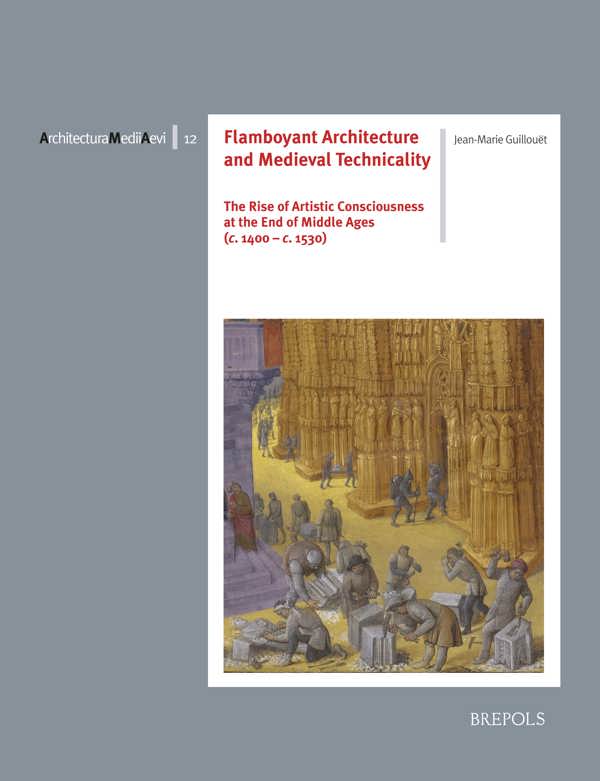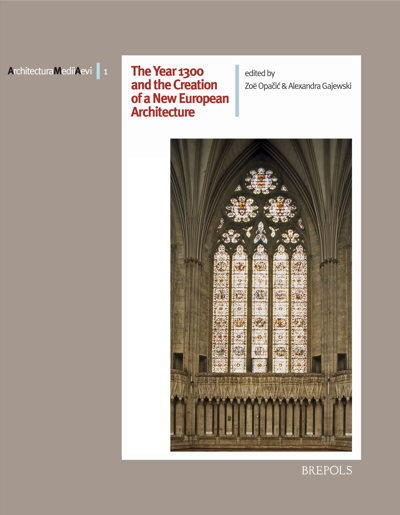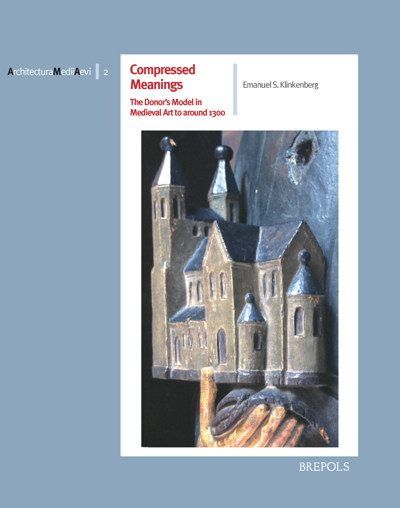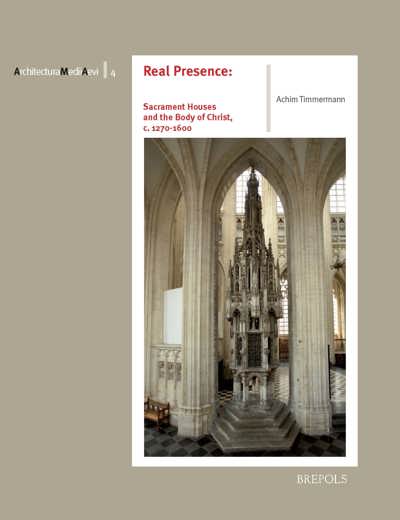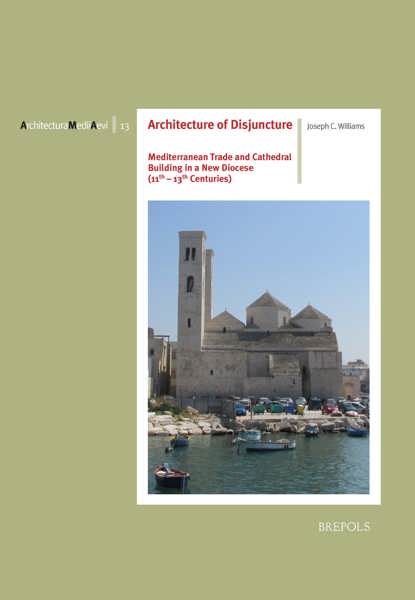
Flamboyant Architecture and Medieval Technicality
The Rise of Artistic Consciousness at the End of Middle Ages (c. 1400 – c. 1530)
Jean-Marie Guillouët
- Pages: xviii + 200 p.
- Size:216 x 280 mm
- Illustrations:70 b/w, 43 col.
- Language(s):English
- Publication Year:2019
- € 100,00 EXCL. VAT RETAIL PRICE
- ISBN: 978-2-503-57729-6
- Paperback
- Temporarily Out of Stock
« L’auteur donne donc dans cette publication une réflexion d’ensemble tout à fait originale sur une pratique virtuose des tailleurs de pierre de la fin du Moyen Âge, qui n’avait pas été traitée jusque-là dans le cadre d’une synthèse et d’une mise en perspective. » (Alain Salamagne, dans Histara, 27/04/2022)
Jean-Marie Guillouët was trained at the Sorbonne (Paris-IV) where he began his teaching career. Since 2002, he is a professor at the University of Nantes and was also in charge of the Medieval Studies section of the Institut National d’Histoire de l’Art (INHA), between 2008 and 2012. His principal field is fourteenth- and fifteenth-century sculpture and architecture in France and Portugal, but he also works on artistic and cultural interchanges in Gothic Europe. He has recently published several studies relating to microarchitecture in flamboyant Gothic and late medieval construction techniques as well as several books and papers on artistic production of the Late Middle Ages with a particular focus on sculpture and architecture. He is currently working on the social and cultural history of the technical gesture in late medieval craftsmanship. Since 2016, he is the scientific secretary of the Comité International d’Histoire de l’Art (CIHA).
This book seeks to further our understanding of the socio-genesis of artistic modernity by turning to microhistory. It explores a late-medieval decorative procedure that emerged and spread in northern and central France from the early fifteenth century to the start of the following century. Using the well-known miniature, the Building of Solomon’s Temple in Jerusalem from the fifteenth-century codex of Les Antiquités judaïques as a starting point, this study deals with architecture and technical knowledge of builders. This investigation unpacks and reveals many aspects of the technical and visual culture of late medieval craftsmen and artists. The virtuosic skills these artisans displayed are worthy of inclusion in the development of technical practices of Flamboyant Gothic architecture. They also reflect broader cultural and social configurations, which go far beyond the history of building. This micro-historical perspective on what can be called “hyper-technical” Gothic contributes to our appreciation of the role of technical mastery in establishing social hierarchies and artistic individuation processes during the Late Middle Ages and Early Modern period.
Introduction
1. Technical Savoir-Faire as Historical Topic
Observations on a well-known Illumination
Nantes, Tours and the Master of the Munich Boccaccio
Representation of a technical Gesture and Jean Fouquet’s Heritage
A French 15th-Century sculptural savoir-faire
Late Medieval Gothic Building Sites and Technical Innovations
First Conclusions
2. Slate Inlay: A Technical History
Functional Constraints
Hollowed out blocks for Inlay
The Practice of Preparatory Tracing
Installation in the Archivolts
An Operational Change at the Beginning of the 15th Century
An Interruption in the History of Technique: Auxerre
The Consequences of a new stereotomic System
Choices of Stone Types
Conclusions on Implementation
3. Social History of a Skill
Traces and Remains of a Valued Procedure
The Practical Geometry of a Building Site at the End of the Middle Ages and its Tools
The Tools and their Uses
The Prevalence of the Square
The insignological Uses of the Compass
The Incisions at Tours and Rouen as Illustrations of Construction Practices
Workers with Stone: social History of a Technique
Masons and Sculptors
Stone-cutters and Carvers of Images
The Socio-Professional Distinction of the Creators of the Canopies – the Case of Bourges
Technical One-upmanship and Informal Hierarchies at a Building Site
4. Microarchitecture and Represented Space
Architecture and Represented Space
Towards 1400 in Central/Middle France: a Rupture
Microarchitecture as a Locus
Slate Inlay and the Depth of Fictive Space
Baldachins, Canopies and Late-Medieval Sacral Regimes
Monumental Syntax toward “Architectural Wit”
5. Virtuosity, Varietas and Captatio benevolentiae
Slate or Glass Insertion, Admiratio and Varietas
Material and Colour Contrasts during the Late Middle Ages
An Incunabula of c. 1400
Slate Inlay as a “Technology of Enchantment”
Late Gothic Art: A Hyper-Technical Cultural Regime
6. Conclusion
Bibliography
Colour Plates
